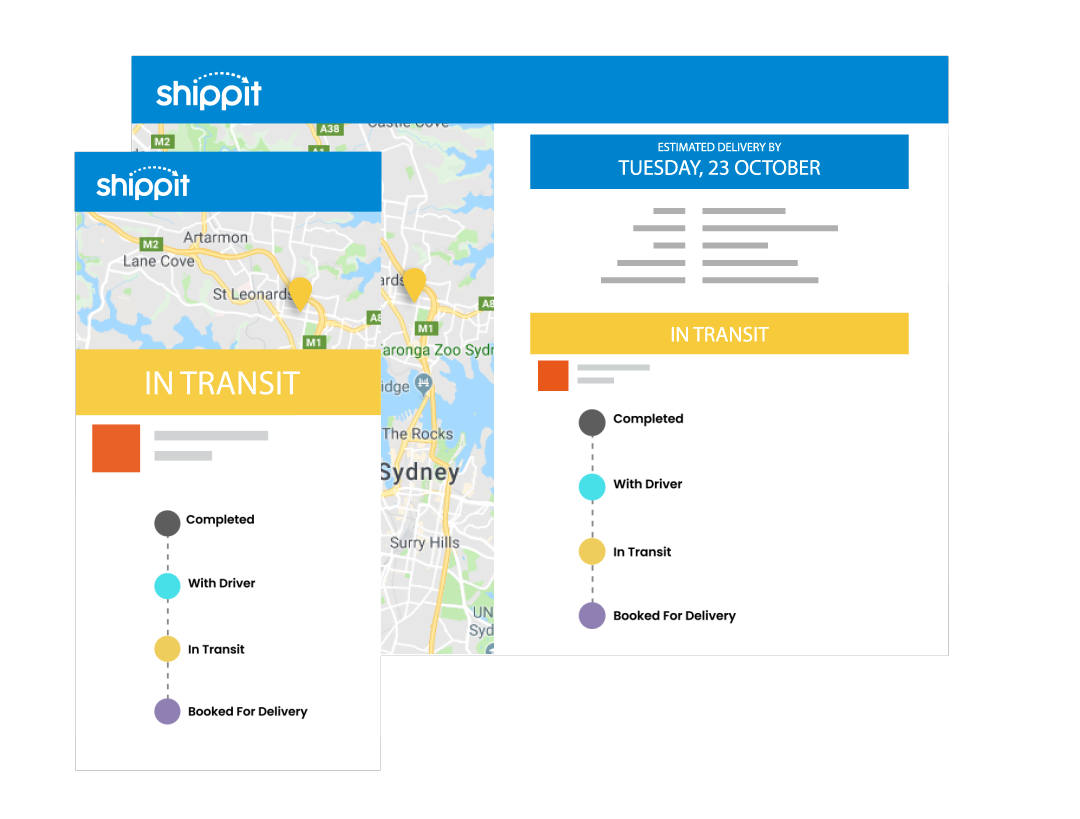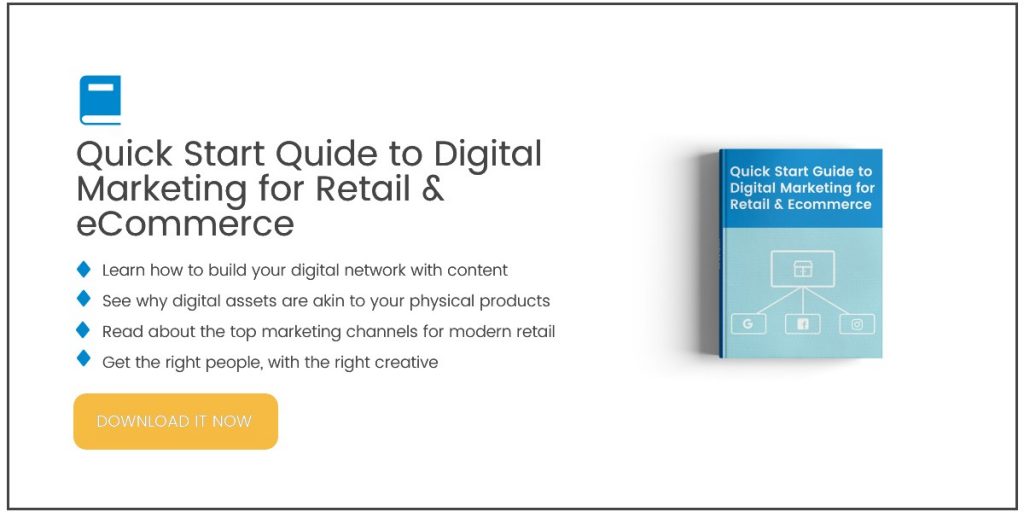Pepsi vs Coke, Nike vs Reebok, iPhone vs Android. These are some of the most significant business rivalries of all time. With marketers weighing up whether their dollars are better spent on Facebook or Instagram, the battle of the platforms is well and truly underway.
If the conversation were about users alone, Facebook would come out on top, with its 2 billion monthly users, dwarfing Instagram’s 800 million monthly users. In a world where competition is becoming tougher, digital marketers and business owners are always looking for opportunities to drive ROI on ad spend, and up engagement.
As budgets get tighter and cost per acquisition rises, you may be asking yourself where you should be spending your marketing dollars? The answer depends on your business; what you sell, who you sell it to, and how much you’re willing to spend on marketing. From a marketing perspective, it’s about getting a return on your investment and reaching the right audience, at the right time.
To understand which platform will work best for your business, let’s dig a little deeper.
Back in 2012, Facebook saw massive potential in Instagram and boldly spent a billion dollars acquiring it. At the time, people didn’t really understand what Facebook saw in the app, but the investment paid off, and according to a Bloomberg Intelligence analysis, the app is now worth more than $100 billion, 100 times what Facebook bought it for in 2012.
And now to answer the billion-dollar question: is Instagram or Facebook better for your business?
It Starts With Reach
When we talk about reach, we’re talking about the pool of users and the potential number of unique users that could see your post or story on any given day.
Instagram has over 800 million monthly active users. While your ads won’t be seen by all 800 million, it’s still a huge pool of worldwide users. While Facebook has a much larger reach – a whopping 2 billion monthly users, Instagram has a stronger organic reach. This means you can still build a solid following and grow an audience using unpaid organic content.
Facebook, on the other hand, is the number one platform when it comes to reach. Given its vast user base, a benefit of running ads on Facebook is you’ve got a lot more targeting options than you do on Instagram.
Facebook lets you target people based on location, all the way down to postcode. You can also target specific genders across different age ranges and languages. The other advantage is, you can choose to include or exclude people from an audience, based on demographics, interests and behaviours. With more accurate targeting, you can take advantage of connections such as pages liked, apps, or events and focus your reach on custom audiences using the Facebook pixel or lookalike audiences.
While reach can be a very persuasive factor, it’s about reaching the right people, not all people. When it comes to refining your reach, remember, it’s not about the number of impressions your ads make, it’s about the quality.
Engagement Matters
According to Sprout Social, in 2016, there were 1.6 million business profiles on Instagram. Fast forward to today, and there are now over 8 million. Why are businesses heading to Instagram? The answer is engagement.
According to Instagram, 80% of all users follow at least one business on Instagram, and 60% of these users claim they’ve discovered a product or service through the platform. In 2017 on Facebook alone, Despacito had 22 million engagements.
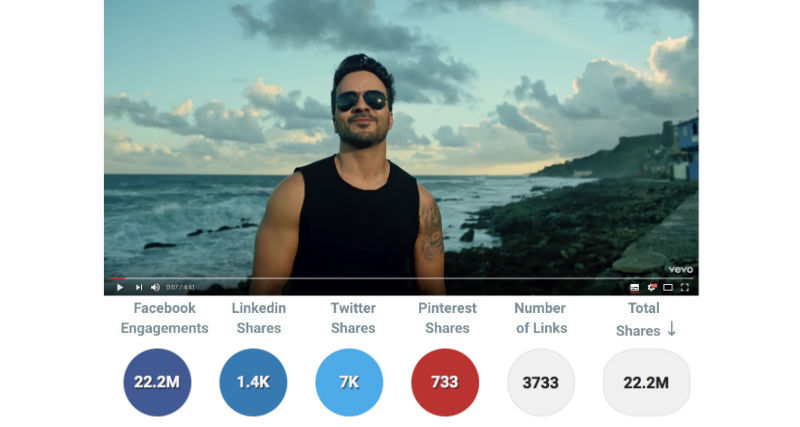
As far as social media marketing channels go, Instagram has been a major win for eCommerce businesses who can leverage the visual-focused platform and tap into its high engagement. With new features like shoppable stories rolling out at a lightning-fast rate, Instagram is becoming more valuable to businesses and marketers.
Facebook, on the other hand, is a slightly different beast. With constant and rapid changes to the algorithm, organic engagement is getting harder. But, on the flipside, targeted ads mean you can get very specific about the kind of engagement you’re looking for. As a platform, Facebook is more about creating and sharing personal interactions with people you know, so it’s users are less likely to engage with companies.
The Battle of the Algorithm
Some of the most controversial changes Facebook and Instagram have made in the last few years have almost always been related to the way they serve content that rests within the feed to users.
What’s ranked most highly?
- Engagement – how many likes and comments each post is able to generate
- Relevancy – how relevant the posts are to the users interests
- Relationships – the interaction rate between users
- Timeliness – how new the content is
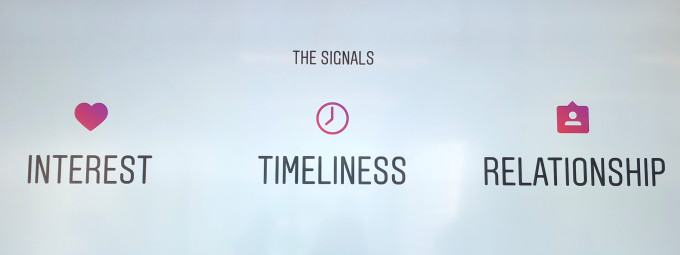
What’s ranked most highly?
- Friends & family – content from the users most closed friends and families is served first
- Engagement – how many likes and comments each post is able to generate
- Encouraging engagement – content that’s likely to start a conversation\
- Images & video – posts with more engaging content are prioritised over plain text posts
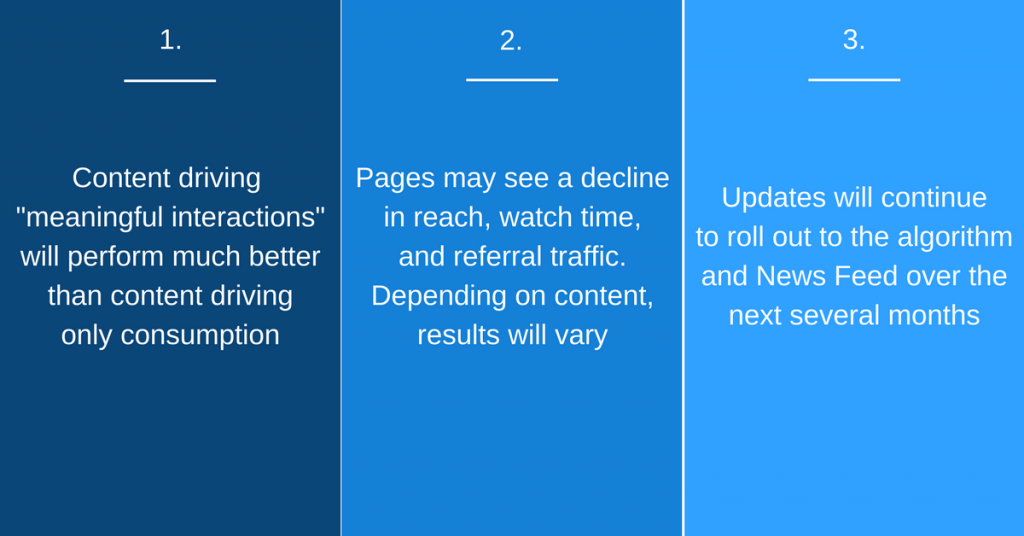
These algorithms have been specifically fine-tuned to ensure users remain engrossed in their feeds when they use the content. But the general consensus is that engagement and interactions will always win higher placements in the feed.
Defining Demographics
As demographics are all about the people who use the platform, it’ll play a huge role in determining which platform will work best for your business.
While Instagram has less than half the amount of users as Facebook, it’s much more popular with the under-30 audience, especially teens. With 72% of teens using Instagram every day, it’s a powerhouse for younger demographics, especially women interested in discovering new fashion, beauty, design trends, photography and celebrity news.
Given that 79% of all internet users use Facebook, the platform has a much broader demographic, and like Instagram, Facebook has more female than male users. Facebook tends to be most popular among young adults within the 18-to-29 age group, however, given its size, statistics prove that Facebook reaches users of all age groups.
Are all Stories the Same?
For those who don’t yet know: Snapchat is dead and Instagram killed it.
Since the day Instagram launched its new Stories features, daily active users have doubled that of Snapchat. For reference, Instagram Stories has 400 million active daily users, while Snapchat only has a lowly 191 million daily users.
Instagram’s network is gigantic, so there’s no surprise that Instagram Stories are also more popular than Facebook Stories. But there is one catch.
The biggest benefit of Facebook Stories is the very fact that there are fewer people there. That means your content is more likely to be seen by those who are engaged with Facebook Stories. It’s a no-brainer!
To Sum it Up
Both Facebook and Instagram present excellent growth potential for businesses, but rather than putting all your eggs in one basket – use both platforms to your advantage. While Instagram may have a younger audience, better suited to visual posts, Facebook allows you to tap into older audiences and very granular segments.
When it comes to direct engagement and organic growth – Instagram comes out on top.
If the growth of Instagram continues, it may overtake Facebook in the near future. But, in the meantime, it’s about making the best of both worlds.
